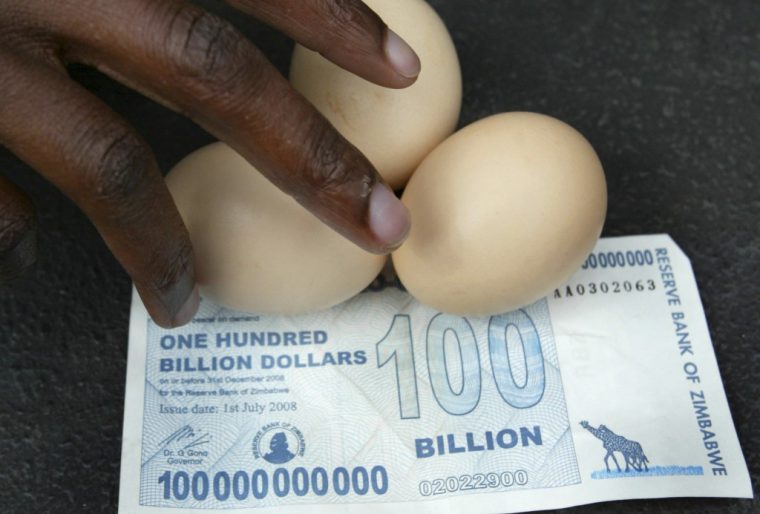Zimbabwe’s economy has lost momentum since 2012. The period 2009-12 was marked by an economic rebound following the introduction of the multiple currency system (or dollarization), with the annual economic growing averaging 11 percent annually. However, GDP growth decelerated sharply from 10.6 percent in 2012 to 4.5 percent in 2013, 3.1 percent in 2014, and 1.5 percent in 2015. Consequently, Zimbabwe is de-industrializing, and economic activity is increasingly shifting to the informal sector. The trend is worrisome.
Zimbabwe is sliding into the depths of a recession but economic collapse is not inevitable. One of the main causes of the economic contraction is a liquidity crisis largely caused by a strong US dollar against regional currencies that are part of Zimbabwe’s trade basket and China’s economic slowdown.
Because Zimbabwe does not have its own currency, its central bank does not have the policy tools needed to increase (or decrease) the amount of money in the banking system. More specifically, the central bank cannot print paper currency to purchase government securities (lend money to the government) in order to inject money into the economy. Therefore, Zimbabwe is only able to increase the money supply (and liquidity) through (1) exports, (2) diaspora remittances, (3) foreign investments and (4) external lines of credit. Importantly, liquidity affects both the availability of loans to productive sectors and the interest rates charged by banks.
During the period 2009-2015, exports were the dominant source of market liquidity — contributing 59 percent of foreign exchange inflows. International remittances, external loans and FDI contributed 29 percent, 8 percent, and 3 percent, respectively.
But recently these sources of liquidity have been lacking, reflected in the deterioration of the overall balance of payments from – $40.2 million in 2014 to – $385.8 million in 2015. Furthermore, Zimbabwe’s current account deficit has averaged 22 percent of GDP for the period 2012-2015, considerably higher than the Southern African Development Community (SADC) macro-economic convergence criteria threshold of less than 9 percent. Put simply, Zimbabwe is consuming much more than it is producing.
Worryingly, an appreciating U.S. dollar and China’s slowdown will further depress capital inflows, and exacerbated an already critical liquidity crisis.
Zimbabwe’s trade exposure to China is high. According to data from China’s National Bureau of Statistics (NBS), bilateral trade between Zimbabwe and China increased from a mere $52.2 million in 1996 to a peak of $1.24 billion in 2014. By comparison, in 2014, the value of U.S.-Zimbabwe trade was $113 million; and the value of EU-Zimbabwe trade was €732 million (about $817 million). Remarkably, the value of China-Zimbabwe trade is greater than Zimbabwe’s combined trade with both the EU and U.S.
Continued next page
(165 VIEWS)







0 Comments